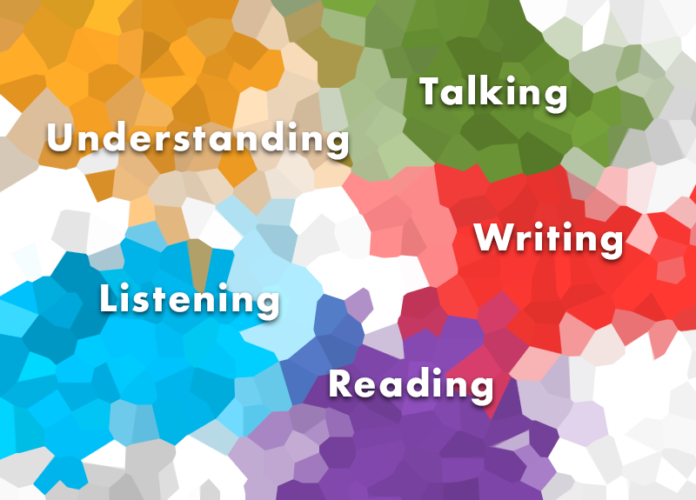By: Suparlan *)
Lecturer of FKIP University of Tama Jagakarsa Jakarta Selatan
How do we know that students have learned a language? We can assess students using formative and summative assessments but how do we know that students will actually be able to use their language in real-life, authentic situations? In short, how do we know that our students are competent in the target language? One way to judge this competency is through students’ performance. However, how do we know that this performance is an accurate measure of what student actually know? In this section we will examine these questions further by looking at competence versus performance.
What is the difference between competence and performance?
Chomsky separates competence and performance; he describes ‘competence’ as an idealized capacity that is located as a psychological or mental property or function and ‘performance’ as the production of actual utterances. In short, competence involves “knowing” the language and performance involves “doing” something with the language. The difficulty with this construct is that it is very difficult to assess competence without assessing performance.
Why is it important to make a distinction between competence and performance?
Noting the distinction between competence and performance is useful primarily because it allows those studying a language to differentiate between a speech error and not knowing something about the language. To understand this distinction, it is helpful to think about a time when you’ve made some sort of error in your speech. For example, let’s say you are a native speaker of English and utter the following:
We swim in the ocean this weekend
Is this error due to competence or performance? It is most likely that as a native speaker you are aware how to conjugate irregular verbs in the past but your performance has let you down this time. Linguists use the distinction between competence and performance to illustrate the intuitive difference between accidentally saying “swimmed” and the fact that a child or non-proficient speaker of English may not know that the past tense of swim is swam and say “swimmed” consistently.
How do competence and performance apply to the language classroom?
As we have learned, competence and performance involve “knowing” and “doing”. In the recent past, many language instruction programs have focused more on the “knowing” (competence) part of learning a language wherein words and sentences are presented and practiced in a way to best help learners internalize the forms. The assumption here is that once the learners have ‘learned’ the information they will be able to use it through reading, writing, listening and speaking. The disadvantage of this approach is that the learners are unable to use the language in a natural way. Having been trained to learn the language through “knowing”, learners have difficulty reversing this training and actually “doing” something with the language. In brief, it is difficult to assess whether the learners’ insufficient proficiency is due to limitations of competency or a lack of performance.
In order to focus learners more on the “doing” part of learning, which allows a more accurate measure of learners’ language proficiency, a more communicative approach to teaching can be used. This type of approach concentrates on getting learners to do things with the language. If we think of B-SLIM we can see that this relates to the Getting It and Using It stages of the model. By encouraging students to eventually “learn through the language” as opposed to strictly learning the language there is a more balanced focus on both competence and performance.
Evaluation
- Explain versus knowing and doing.
- Swimming related to knowing or doing?
- Which is the importance? Competence or performance?
- In learning language, what is the learning achievement? GETTING IT OR USING IT stage?
- In learning language, what is the learning achievement? Competence or performance stage?
Depok, 21 October 2016.
